Today’s plan was to visit famous city of Noto. It was yet another beautiful morning in Siracusa with a clear blue sky!


Today we’ve decided to spend some time in the beach before heading to Noto and Ragusa.
We’ve been looking for a beach on the way and found Marchesa di Cassibile Beach (Eloro District). However, it turned out that we had to pay for entering the zone. For a car it was 20 Eur.

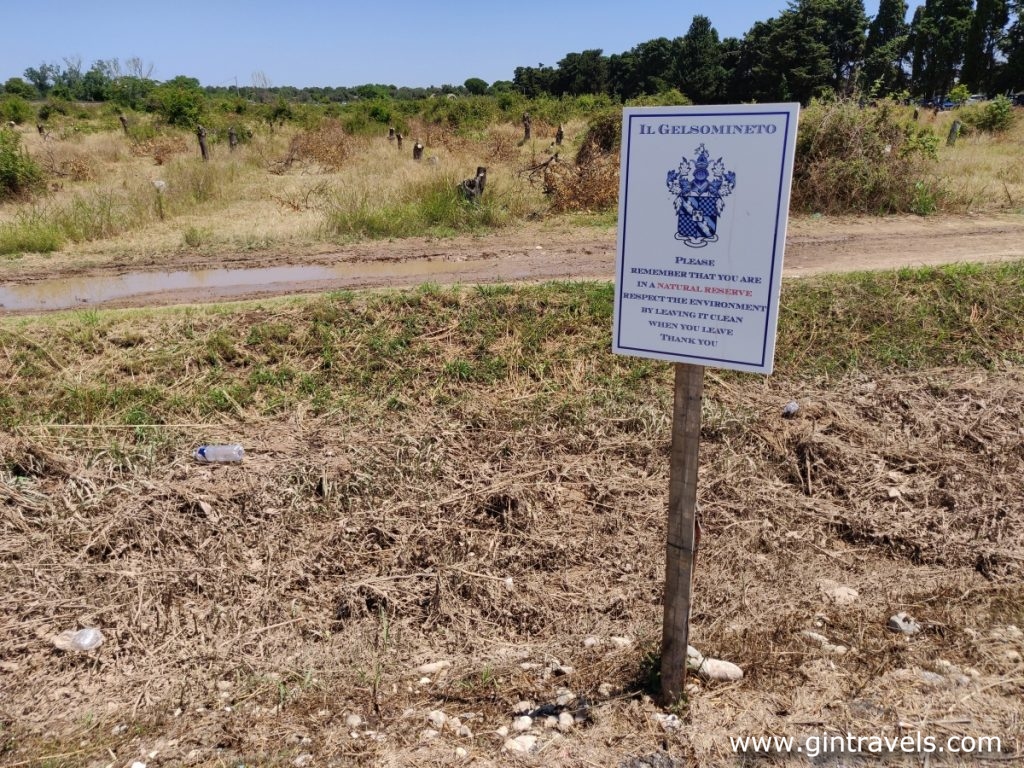
The road to the parking was a bit rough, but plenty of parking spots.
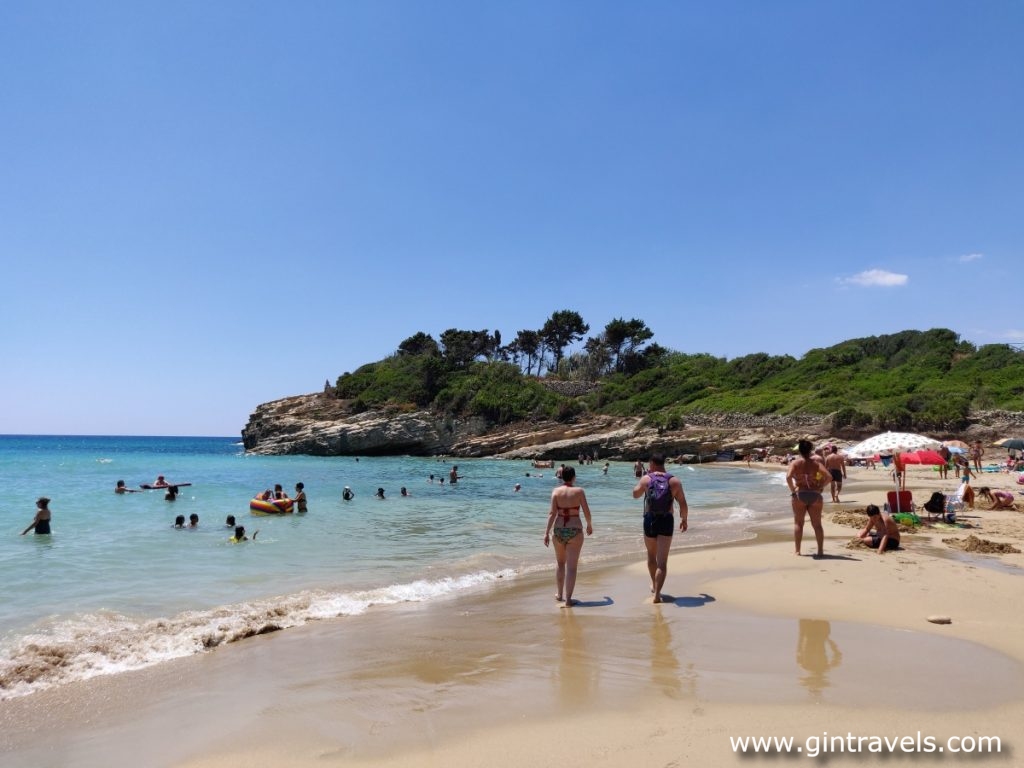
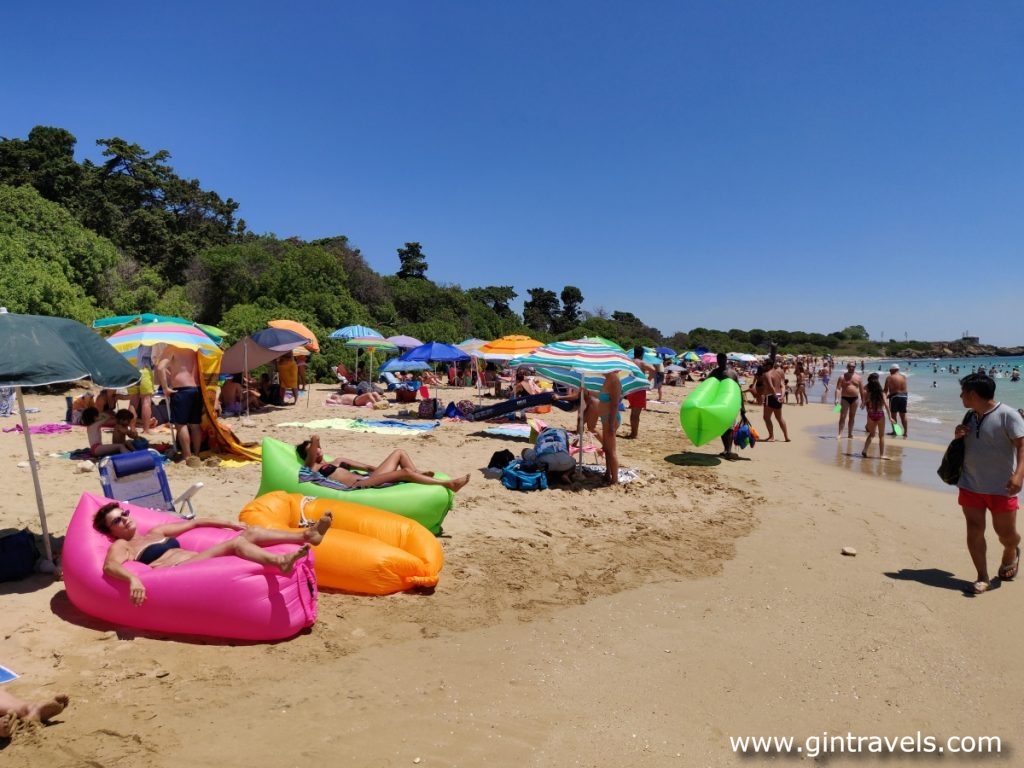

After short stay in the beach were heading to Noto.
Noto is famous for its Baroque architecture, which earned it a spot on the UNESCO World Heritage list. It is also known for its local wines and cuisine as well as its beautiful landscape. The town has a long and varied history which dates back to the 8th century BC. The town was first settled by the Siculi, an ancient tribe of the Italic region, who were attracted by its strategic position and the abundance of natural resources in the area.
In the 4th century BC, the town was taken over by the Greeks and became part of the Syracuse Empire. Under Greek rule, Noto grew into an important center of commerce and art. It was also the birthplace of the famous philosopher Empedocles.
In the Middle Ages, Noto was conquered by the Arabs and became part of the Emirate of Sicily. During this period, Noto flourished as a trading port and as a center for Islamic culture.
In the 16th century, Noto was taken by the Spanish and was used as a base from which to launch attacks against the Ottoman Empire. The town was heavily damaged by the Spanish in 1693, and was subsequently rebuilt in the Baroque style which is still evident today.
Movies such as Malena (2000), Cyrano (2021) and some others were filmed here.


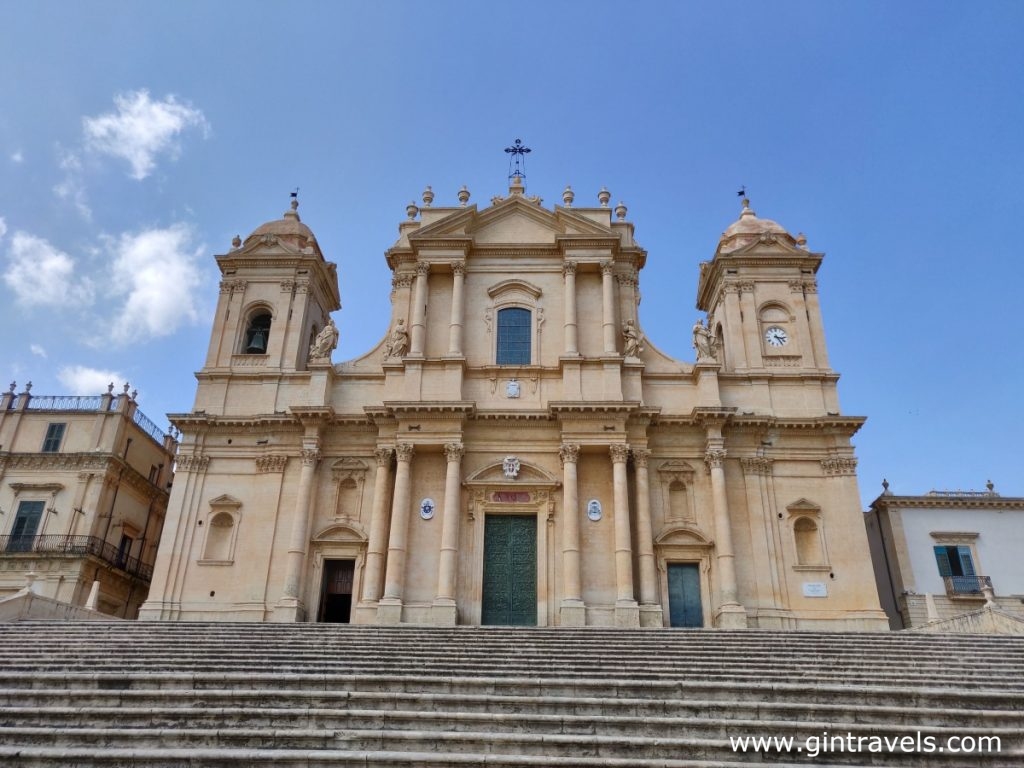
A must visit place is Noto Cathedral (Cattedrale di San Nicolò) also known as the Cathedral of San Nicolò. It was built between 1703 and 1776 by Rosario Gagliardi and Vincenzo Sinatra, and is notable for its baroque architecture.
The history of the cathedral dates back to the early 17th century when the town of Noto was destroyed by an earthquake. As a result, the town was rebuilt with a new layout and plan. The new town plan included the construction of a large cathedral, and thus the construction of Noto Cathedral began in 1703. The cathedral was designed by the architect Andrea Palma, and was built in the Baroque style, which was popular at the time.
The cathedral was completed in 1776, and features a central dome, two bell towers, and a large nave. Inside the cathedral are numerous works of art, including paintings and sculptures. The cathedral also contains several tombs, including one honouring Bishop Benedetto di Caro, who served as Bishop of Noto from 1698 to 1733.
Noto Cathedral is a designated UNESCO World Heritage Site since 2002.
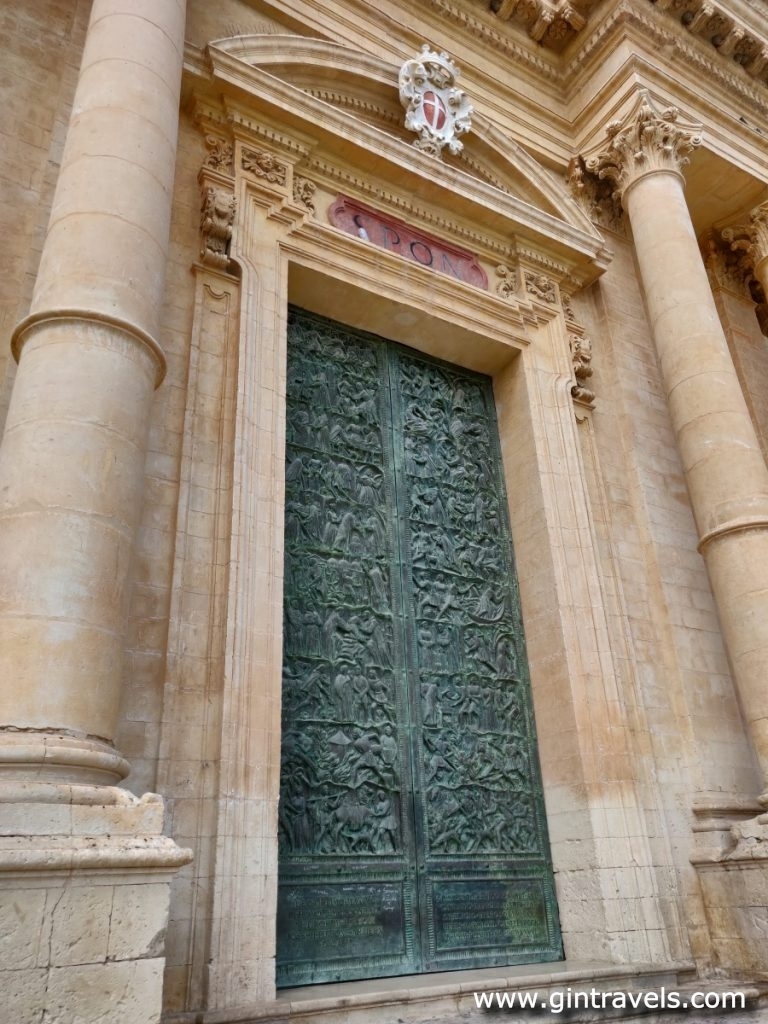



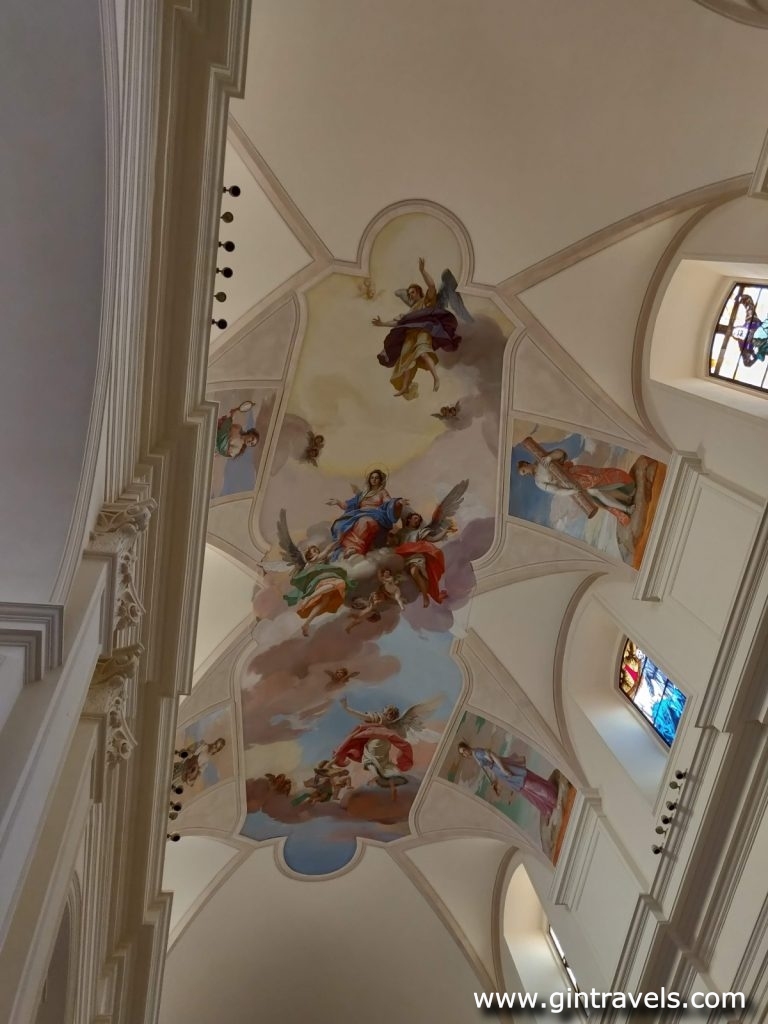
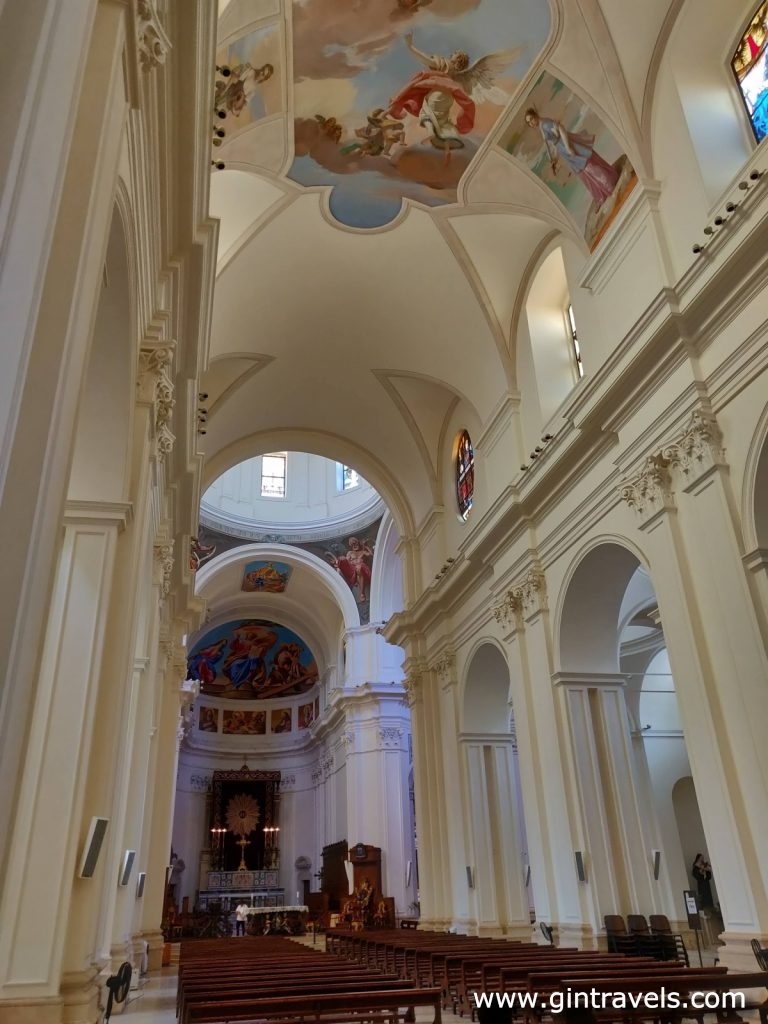
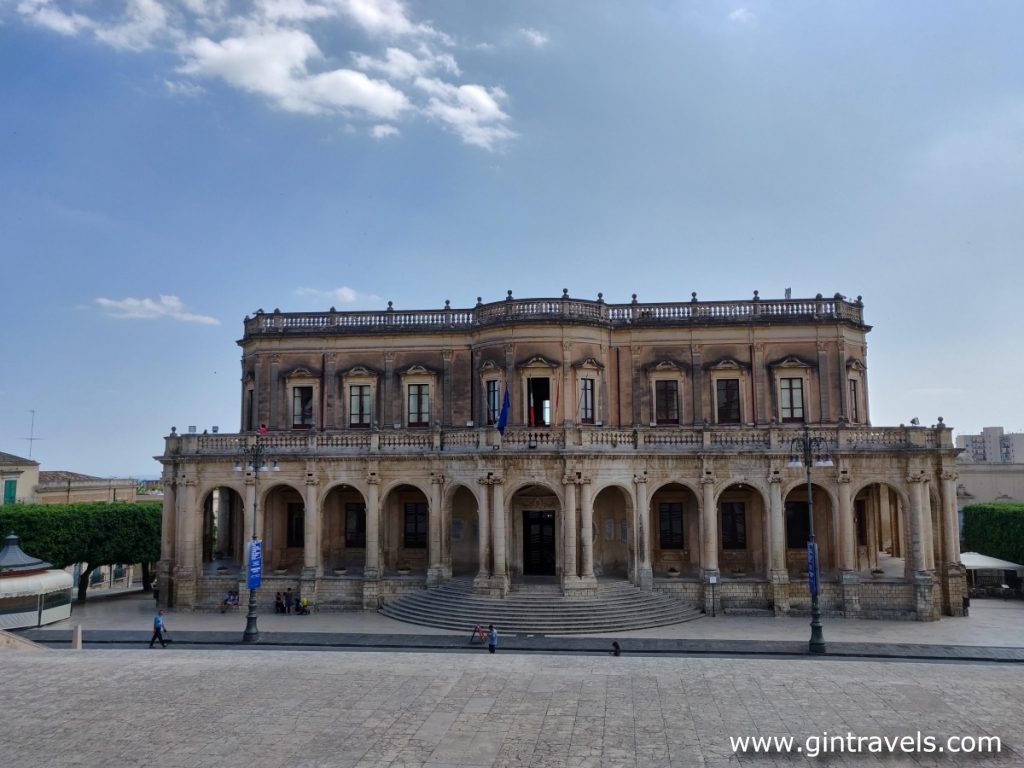
Palazzo Ducezio is a Baroque style palace standing in front of Noto Cathedral. It was constructed between 1703 and 1735 and is considered one of the most important buildings in the city. The palace was originally built for the Ducezio family, a prominent family in Noto, and was intended to serve as their residence. In 1839, the palace was acquired by the municipality of Noto and currently serves as the city’s town hall. It is also home to a museum, which contains a collection of ancient artifacts from the area. Palazzo Ducezio is also a UNESCO World Heritage Site.

When you are coming up the steps to Noto Cathedral you can see Basilica Santissimo Salvatore e Torre Belvedere, which dates back to the late 16th century. The current building was built in the late Baroque style, beginning in 1693 and ending in 1741. The church was built on the site of an older church and is dedicated to the patron saint of Noto, Santissimo Salvatore. The church features a magnificent façade and bell tower, both of which are constructed of local stones. The bell tower, known as the Torre Belvedere, is an impressive sight and is one of the most recognizable landmarks in the area. The interior of the church is ornate and features intricate frescoes and detailed stucco work. The church is also home to several important works of art, including a painting of the Virgin Mary by the renowned artist Pietro Novelli. The church has been designated as a UNESCO World Heritage Site.

On your left behind you you can see Chiesa di San Carlo al Corso (Chiesa del Collegio), which is an 18th-century Baroque church. It was built as part of a project to rebuild the city of Noto following the 1693 earthquake that destroyed much of the old city. The church was built between 1703 and 1737 by the architect Giovanni Battista Vaccarini, who was also responsible for much of the reconstruction of the city. The church is dedicated to the patron saint of the city, St. Charles Borromeo, and is built in the characteristic Sicilian Baroque style. The building is a mix of classicism and Baroque, and features a large dome, two bell towers, and a large central altar. The interior is decorated with frescoes depicting scenes from the life of St. Charles Borromeo, as well as a large painting of the Immaculate Conception. The church is connected to the nearby Palazzo del Collegio, which was used as a Jesuit college until the suppression of the Jesuit order in 1773.

The Monumento ai Caduti nella Grande Guerra was erected in 1921 in memory of the fallen soldiers of the First World War. It is located on the top of the hill of Santa Maria della Rocca and overlooks the city of Noto. The monument was designed by the architect Luigi Vanvitelli and is a large circular structure built of local stone. The monument is in the form of a truncated cone, with a colonnade at the base and a large bronze statue of a soldier at the top. The statue is flanked by two bronze friezes depicting scenes from the war. The monument was inaugurated on the 2nd of April 1921 in the presence of the President of the Italian Republic, Vittorio Emanuele III. Every year, on the 2nd of April, a ceremony is held at the monument in memory of the fallen soldiers.

After that we were headed towards Ragusa. I’ve heard of Ragusa before as I have had couple friends from here.
